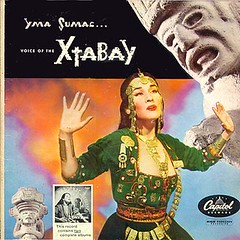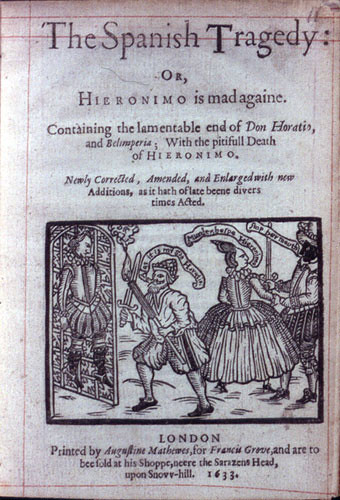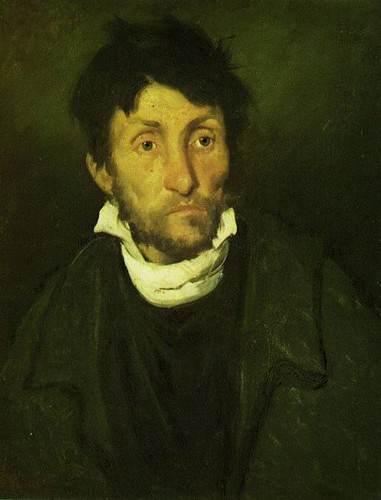Barbey: catholicism, sadism, mysticism

Jules Amédée Barbey d’Aurevilly (portrait by Émile Lévy, ca. 1882)
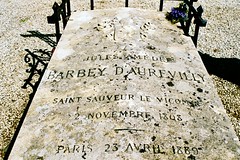
Jules Amédée Barbey d’Aurevilly‘s grave.
Jules-Amédée Barbey d’Aurevilly (November 2, 1808 – April 23, 1889), was a French novelist and short story writer. He specialised in a kind of mysterious tale that examines hidden motivation and hinted evil bordering (but never crossing into) the supernatural. He had a decisive influence on writers such as Auguste Villiers de l’Isle-Adam, Henry James and Proust.

Les Diaboliques (The She-Devils) (1874) – Barbey d’Aurevilly [Amazon.com] [FR] [DE] [UK]

Frontispiece for ‘Les Diaboliques’ by Barbey d’Aurevilly painted by Félicien Rops in 1886
His best-known collection is The She-Devils, which includes the cult classic Happiness in Crime and is still in print from Dedalus Books. Most recently his Une vieille maîtresse (An Elderly Mistress, 1851) was adapted to cinema by French Jahsonic favorite director Catherine Breillat: its English title is The Last Mistress.
He is variously lumped in with the Late French Romantics, The Decadents and the Symbolists and is included in the Genealogy of the Cruel Tale and The Romantic Agony. He is considered a practitioner of the Fantastique, a catholic and a dandy.
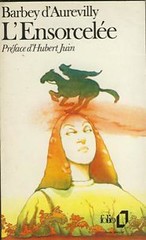
L’ensorcelée (in a Folio edition)
L’Ensorcelée (The Bewitched, 1854) is a tale by French writer Jules Amédée Barbey d’Aurevilly. It concerns an episode of the royalist rising among the Norman peasants against the first republic.
Barbey is favorably mentioned in Against the Grain (the breviary of decadence) by Joris-Karl Huysmans:
“Deux ouvrages de Barbey d’Aurevilly attisaient spécialement des Esseintes, Le Prêtre marié et Les Diaboliques. D’autres, tels que L’ensorcelé, Le chevalier des touches, Une vieille maîtresse, étaient certainement plus pondérés et plus complets, mais ils laissaient plus froid des Esseintes qui ne s’intéressait réellement qu’aux oeuvres mal portantes, minées et irritées par la fièvre. Avec ces volumes presque sains, Barbey d’Aurevilly avait constamment louvoyé entre ces deux fossés de la religion catholique qui arrivent à se joindre: le mysticisme et le sadisme. — À rebours
“Two works in particular of Barbey d’Aurevilly‘s fired Des Esseintes‘ imagination: the Prêtre marié (“Married Priest”) and the Diabolique. Others, such as l’Ensorcelé (“The Bewitched”), the Chevalier des Touches, Une vieille Maîtresse (“An Old Mistress”), were no doubt better balanced and more complete works, but they appealed less warmly to Des Esseintes, who was genuinely interested only in sickly books with health undermined and exasperated by fever. In these comparatively sane volumes Barbey d’Aurévilly was perpetually tacking to and fro between those two channels of Catholicism which eventually run into one,—mysticism and Sadism.” — Against the Grain, translation by Havelock Ellis

